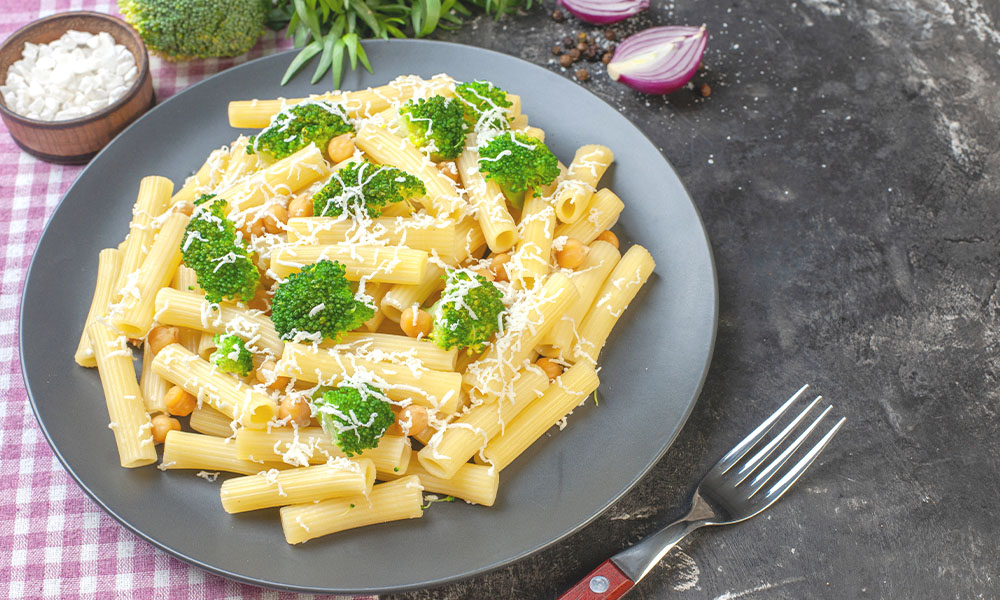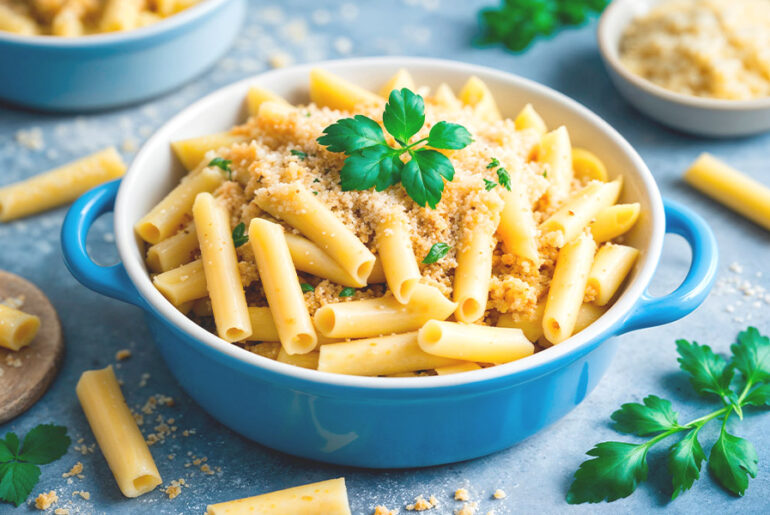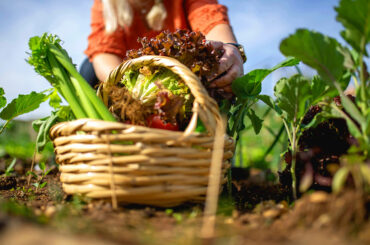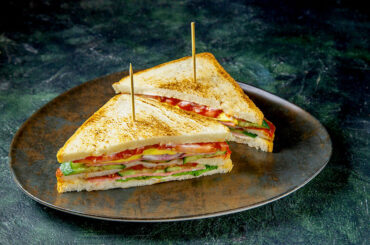Mannacote, also known as manicotti, represents the heart of Italian-American comfort food. These tender pasta tubes, generously stuffed with creamy ricotta and melted cheese, create a dish that transforms ordinary weeknight dinners into memorable family feasts. The secret lies in achieving the perfect balance between delicate pasta shells and rich, flavorful filling.
What Makes the Perfect Mannacote
The foundation of exceptional mannacote starts with understanding each component. Fresh pasta tubes provide the ideal vessel for holding generous amounts of filling while maintaining structural integrity during baking. The cheese mixture must strike a delicate balance between creaminess and flavor, while the sauce adds moisture and depth without overwhelming the dish.
Temperature control plays a crucial role throughout the cooking process. Properly heated ovens ensure even cooking, while room temperature ingredients blend more smoothly. Many home cooks overlook the importance of letting assembled mannacote rest before baking, which allows flavors to meld and prevents the filling from seeping out during cooking.
Essential Ingredients for Success
Pasta Selection and Preparation
High-quality mannacote shells form the backbone of this dish. Look for tubes that feel sturdy but not overly thick. Fresh pasta works beautifully, though dried versions offer excellent results when handled properly. Avoid overcooking the shells during initial boiling, as they continue cooking in the oven.
Cook pasta tubes until they reach al dente texture, typically 2-3 minutes less than package directions suggest. Immediately transfer cooked shells to cold water to stop the cooking process. This prevents mushiness and makes handling easier during stuffing.
The Perfect Cheese Mixture
Premium ricotta cheese serves as the primary base, providing creamy texture and mild flavor. Whole milk ricotta delivers superior results compared to part-skim varieties, creating a richer, more satisfying filling. Fresh ricotta from specialty shops often surpasses store-bought options in both taste and consistency.
Combine ricotta with freshly grated Parmesan cheese for sharp, nutty notes that complement the mild base. Mozzarella adds stretchy texture and appealing visual appeal when melted. A single egg binds the mixture while contributing richness.
Step-by-Step Preparation Method
Preparing the Cheese Filling
Begin by bringing all dairy ingredients to room temperature, which ensures smooth blending without lumps. Combine two pounds of ricotta cheese with one cup of grated Parmesan and one cup of shredded mozzarella. Add one beaten egg, two tablespoons of fresh chopped parsley, and season with salt and pepper to taste.
Mix ingredients gently using a wooden spoon or rubber spatula. Overmixing can make the filling dense and heavy. The finished mixture should hold together when scooped but remain light and airy.
Assembling Your Mannacote
Spread a thin layer of marinara sauce across the bottom of a 9×13 inch baking dish. Using a large spoon or piping bag, carefully fill each pasta tube with the cheese mixture. Avoid overstuffing, which can cause shells to split during baking.

Arrange filled tubes seam-side down in the prepared dish. Cover completely with remaining sauce, ensuring all pasta surfaces are protected from direct heat. Sprinkle additional mozzarella and Parmesan over the top for a golden, bubbling finish.
Cooking Techniques for Perfect Results
Oven Temperature and Timing
Preheat your oven to 375°F, which provides steady, even heat for proper cooking. Cover the baking dish tightly with aluminum foil to prevent moisture loss and ensure tender pasta. Bake for 25 minutes covered, then remove foil and continue cooking for 10-15 minutes until cheese turns golden brown.
Let the finished mannacote rest for 10 minutes before serving. This allows the internal temperature to stabilize and makes portioning much easier. The filling will be extremely hot immediately after baking, so patience prevents burns and messy servings.
Sauce Selection and Application
Traditional marinara sauce provides classic flavor that complements the creamy filling without competing. Choose sauces with balanced acidity and avoid overly sweet varieties that can overpower delicate cheese flavors. Homemade sauce offers superior taste, but high-quality jarred options work well for busy schedules.
Apply sauce generously but not excessively. Too little sauce results in dry, tough pasta edges, while too much creates soggy texture. The sauce should coat all surfaces while allowing the cheese filling to remain the star of the dish.
Serving and Storage Tips
Presentation and Accompaniments
Serve mannacote on warmed plates to maintain optimal temperature. Garnish with fresh basil leaves and additional grated cheese for enhanced visual appeal. A simple green salad with vinaigrette provides refreshing contrast to the rich, creamy pasta.
Crusty Italian bread makes an ideal accompaniment, perfect for soaking up any remaining sauce. Light red wines like Chianti or Sangiovese complement the dish’s flavors without overwhelming the palate.
Storage and Reheating
Leftover mannacote keeps well in the refrigerator for up to three days when properly covered. Individual portions reheat beautifully in the microwave, though oven reheating preserves better texture. Cover the dish with foil and heat in the oven at 350°F for 15 to 20 minutes, or until it is warmed through.
For longer storage, assembled unbaked mannacote freezes exceptionally well. Cover completely with plastic wrap and store frozen for three months maximum. Bake directly from frozen, adding 15-20 minutes to the original cooking time.
Conclusion
Creating perfect mannacote requires attention to detail and quality ingredients, but the results justify every effort. The combination of tender pasta, creamy cheese filling, and flavorful sauce creates a dish that satisfies both body and soul. Whether serving family dinner or entertaining guests, this classic recipe delivers consistent, impressive results that keep people coming back for more. Master these techniques, and mannacote becomes a reliable addition to your culinary repertoire, ready to transform any meal into a special occasion.




